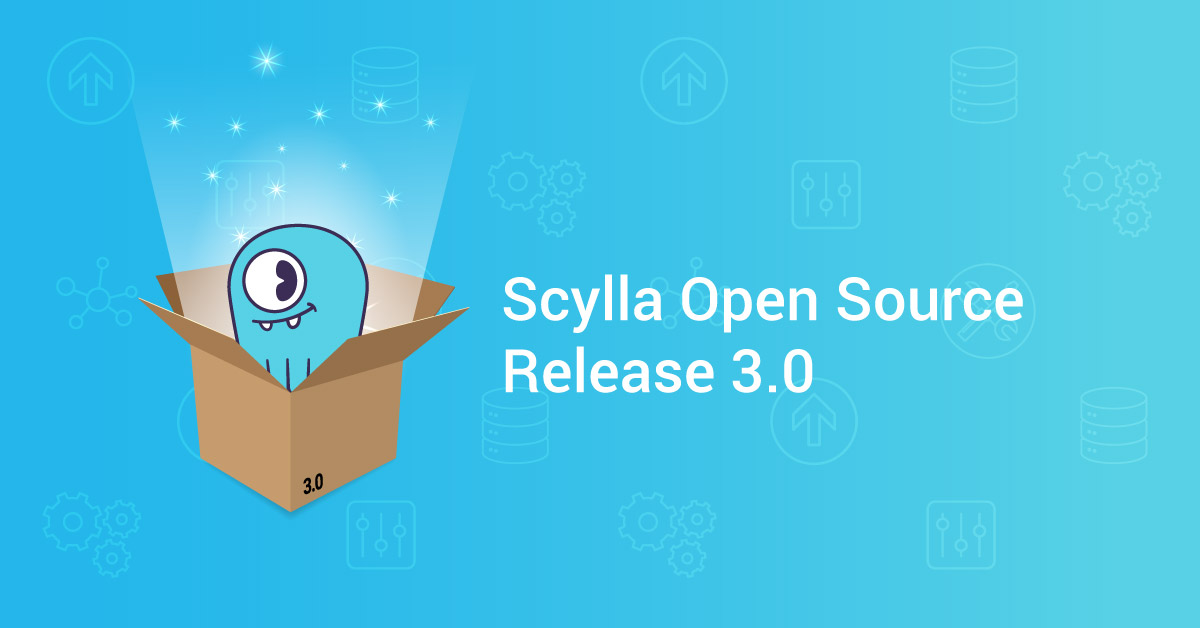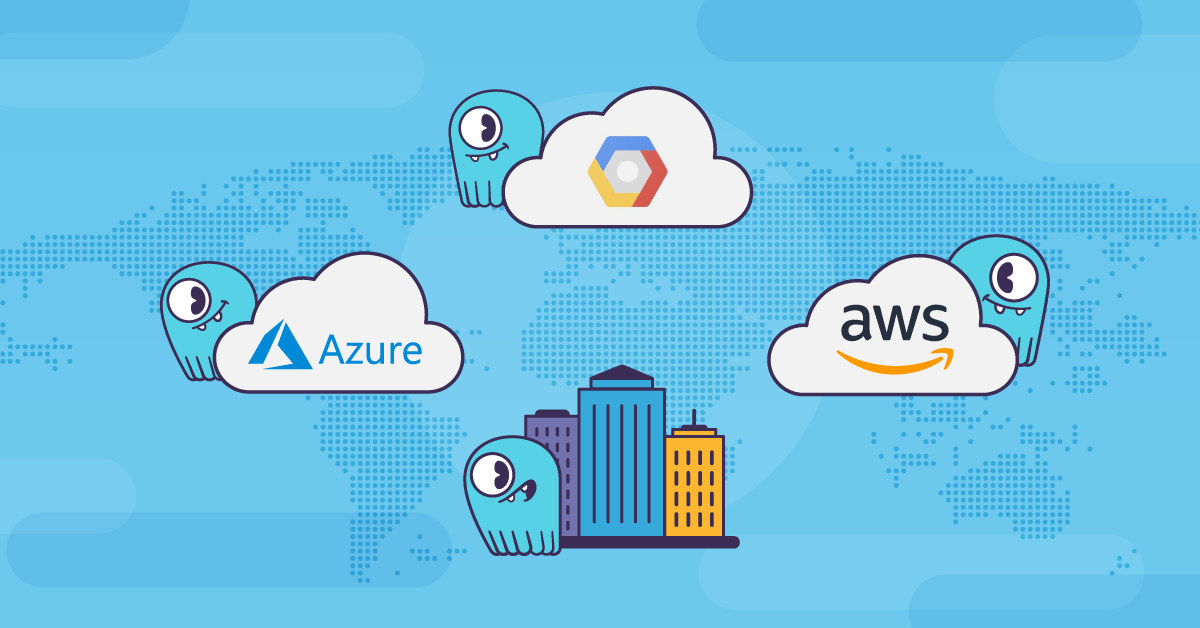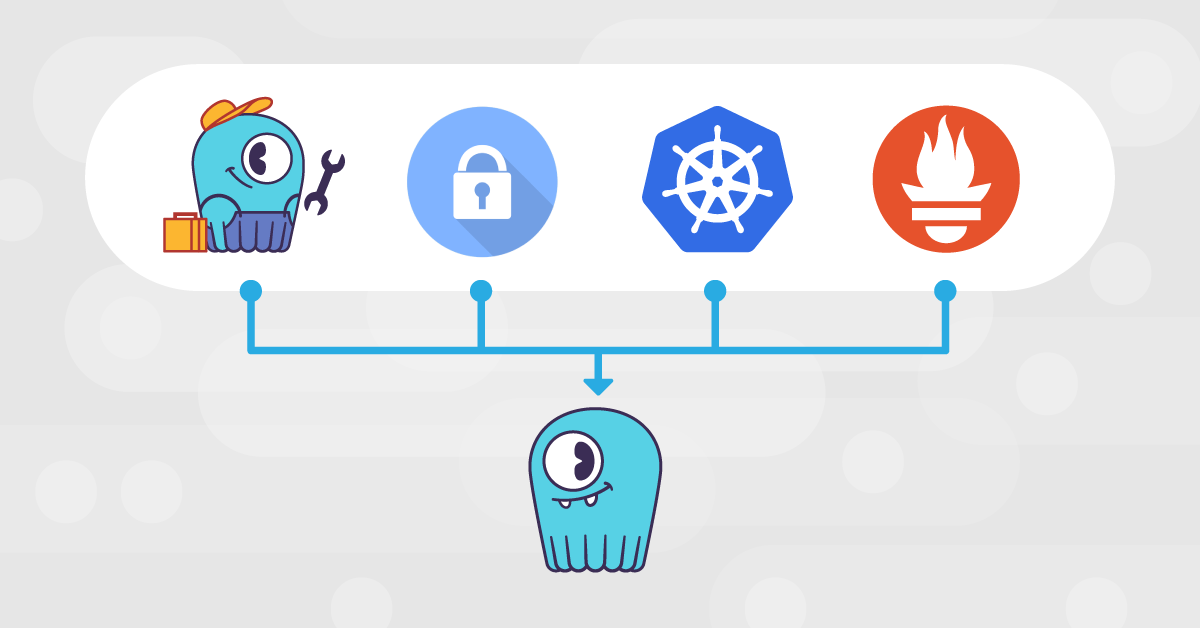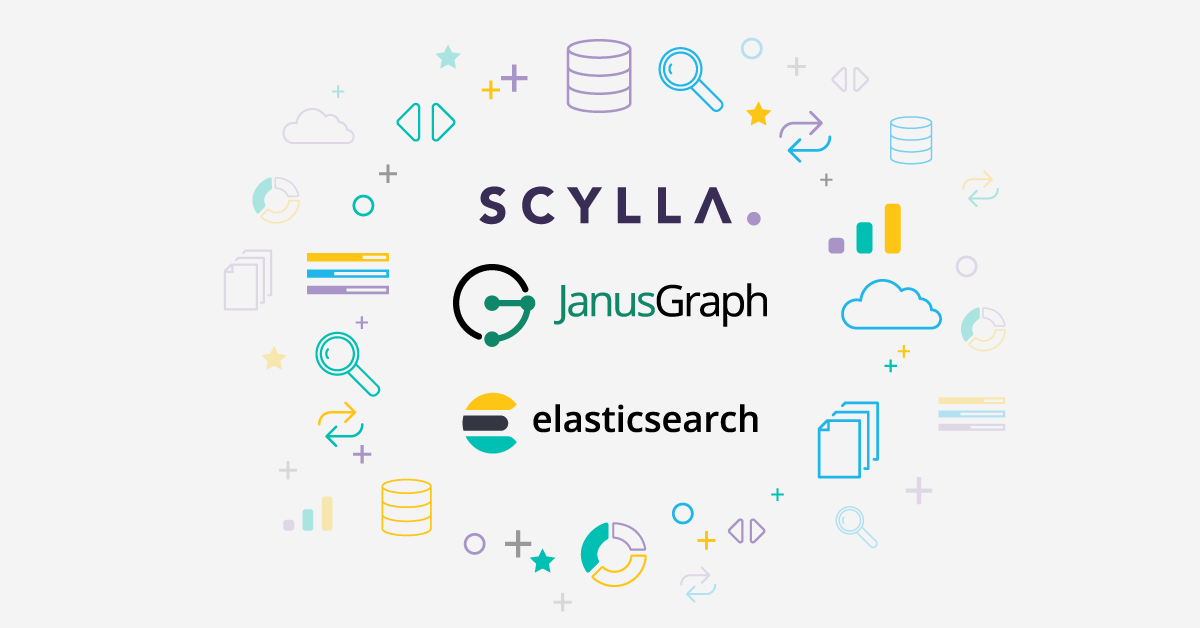
As we look back at 2019, it was a year of growth and progress at ScyllaDB. Since we maintain an active blog site, we can track many of our highlights from the year in our blog posts. What was most popular in our blog reflects the strongest interests of our community. So let’s look at the top ten blogs of 2019:
10. ScyllaDB Alternator: The Open Source DynamoDB-compatible API
From our foundation ScyllaDB has been known as the faster alternative to Apache Cassandra. In 2019 we also became known as the open source alternative to Amazon DynamoDB! The community became immediately interested in our Project Alternator API. With it you can now run your DynamoDB-compatible apps on any cloud vendor, or even on your own private cloud. It was a huge game changer for us, and we’ve only gotten to the #10 spot!
9. Isolating Workloads with Systemd Slices
The engineers at ScyllaDB aren’t just database experts. They’re also Linux OS experts. Since they understand how Linux works at deep, fundamental levels they can ensure ScyllaDB leverages system primitives to operate in a fast and efficient manner. This blog looks specifically at SystemD slices and cgroups, a few of the Linux primitives behind tools like Docker, showing how ScyllaDB uses them to prioritize database performance over helper apps running on the same machine.
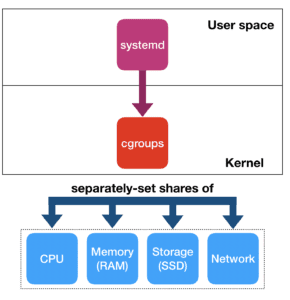
8. Best Practices for ScyllaDB Applications
Our users chose ScyllaDB because they want to get the most out of their big data. So it’s no surprise that they flocked to this article on how to get the most out of ScyllaDB. It’s chock full of tips on monitoring, data modeling, batching, collections, parallelism and more.
7. ScyllaDB and Elasticsearch, Part Two: Practical Examples to Support Full-Text Search Workloads
ScyllaDB and Elasticsearch are both best-of-breed solutions. We’ve had a lot of customer interest in using them together side-by-side for a complete big data solution. This how-to article, which included fully-working Python code, became a design pattern that drew a lot of interest from the community.
6. Managed Cassandra on AWS, Our Take
Amazon Web Services released their Managed Cassandra service in December. It’s a sort of chimera — half Cassandra on the front-end, and half DynamoDB on the back-end. While its UI/UX and serverless setup are nice, it is comparatively pricey, plus there are some key missing features for people familiar with Apache Cassandra.
5. AWS New I3en Meganode – Bigger Nodes for Bigger Data
ScyllaDB is a ‘greedy’ application that loves scaling vertically: the more CPU and the more disk you can throw at it the happier it runs. We found that the new AWS EC2 makes ScyllaDB very happy. With up to 60 terabytes of fast storage and 100 gbps networking interface cards (NICs), the I3en series is designed to take on the heaviest weight big data workloads.

How big is the i3en.24xlarge node? Sorta like this.
4. Powering a Graph Data System with ScyllaDB + JanusGraph
JanusGraph is a powerful open source graph database solution that uses a pluggable back end datastore. We’re finding more and more JanusGraph users are turning to ScyllaDB as that back end for its performance and scalability characteristics. This article was guest written by Ryan Stauffer of Enharmonic, one of the leading practitioners in the industry.
3. The Complex Path for a Simple Portable Python Interpreter, or Snakes on a Data Plane
While Python is theoretically a portable language, in practice it takes a lot of forethought and effort to bundle up all the dependencies to ship a Python interpreter for a hassle-free experience. Find out how (and why) we did it without cython, Nuitka or PyInstaller.

“When I said I wanted portable Python, this is NOT what I meant!”
2. Is Arm ready for server dominance?
Premiered at AWS re:Invent in December 2019 the Arm-powered Graviton2-based servers definitely were a shot across the bow for other major chip vendors. Our assessment was based on concrete test results that showed Arm is now poised for a major breakout in the server market:
“Major disruptive shifts in technology don’t come often. Displacing strong incumbents is hard and predictions about industry-wide replacement are, more often than not, wrong. But this kind of major disruption does happen. In fact we believe the server market is seeing tectonic changes which will eventually favor Arm-based servers. Companies that prepare for it are ripe for extracting value from this trend.”
This article, which included some of the first released test results for the new Amazon servers, caught the attention of many and trended on Hacker News all that day, putting it at the number two spot for the year.
1. Introducing ScyllaDB Open Source 3.0
In the top spot for 2019 was our blog highlighting all the features of ScyllaDB Open Source 3.0. From our production-ready materialized views to global secondary indexes, to streaming improvements, hinted handoffs, filtering and more, these features not only put us in parity with Cassandra but surpassed it in functionality in significant ways.
Those were our popular blogs from 2019. As we cast our gaze forward for 2020, we hope you’ll be pleased with our new directions and deliverables. But also, we want to stay closely aligned with your interests. Is there a topic you believe we should cover in 2020? Let us know! We’d love to hear your suggestions.

